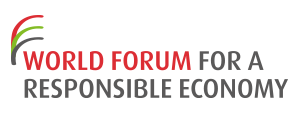Puma, the high-end athletic shoes and sportswear company, was founded in 1948 by Rudolf Dassler in Herzogenaurach, Germany. Since its beginning, the company has gained its reputation by supporting a multitude of athletes and sportsclubs such as Pelé and his World Cup winning Brazilian team and more recently Usain Bolt, the Jamaican track gold medallist.
Today, Puma has taken on the long-term mission of becoming the most desirable and sustainable Sportslifestyle company. CEO Jochen Zeitz has already announced that the company will completely offset its own global CO2 emissions to become the first carbon neutral company within the sportlifestyle industry. They have been collecting E-KPIs (Environmental Key Performance Indicators) from all its offices, warehouses and stores worldwide for the last five years to determine the company’s total carbon footprint on an annual basis. Puma requires its local offices, stores and warehouses to switch to electricity from renewable sources wherever feasible. Their headquarters, which became the first carbon neutral company head office in their industry, actively supports a wind farm in Turkey as a CO2 offsetting project.
In addition, Puma will offset emissions from the international travel of all Puma-sponsored national football teams taking part in the 2010 World Cup in South Africa which are Algeria, Cameroon, Ivory Coast, Ghana, Italy, Switzerland, and Uruguay. To further illustrate the importance of UNEP’s ‘call to action’, Puma has decided to go one step beyond and offset all local travel and accommodation as well




